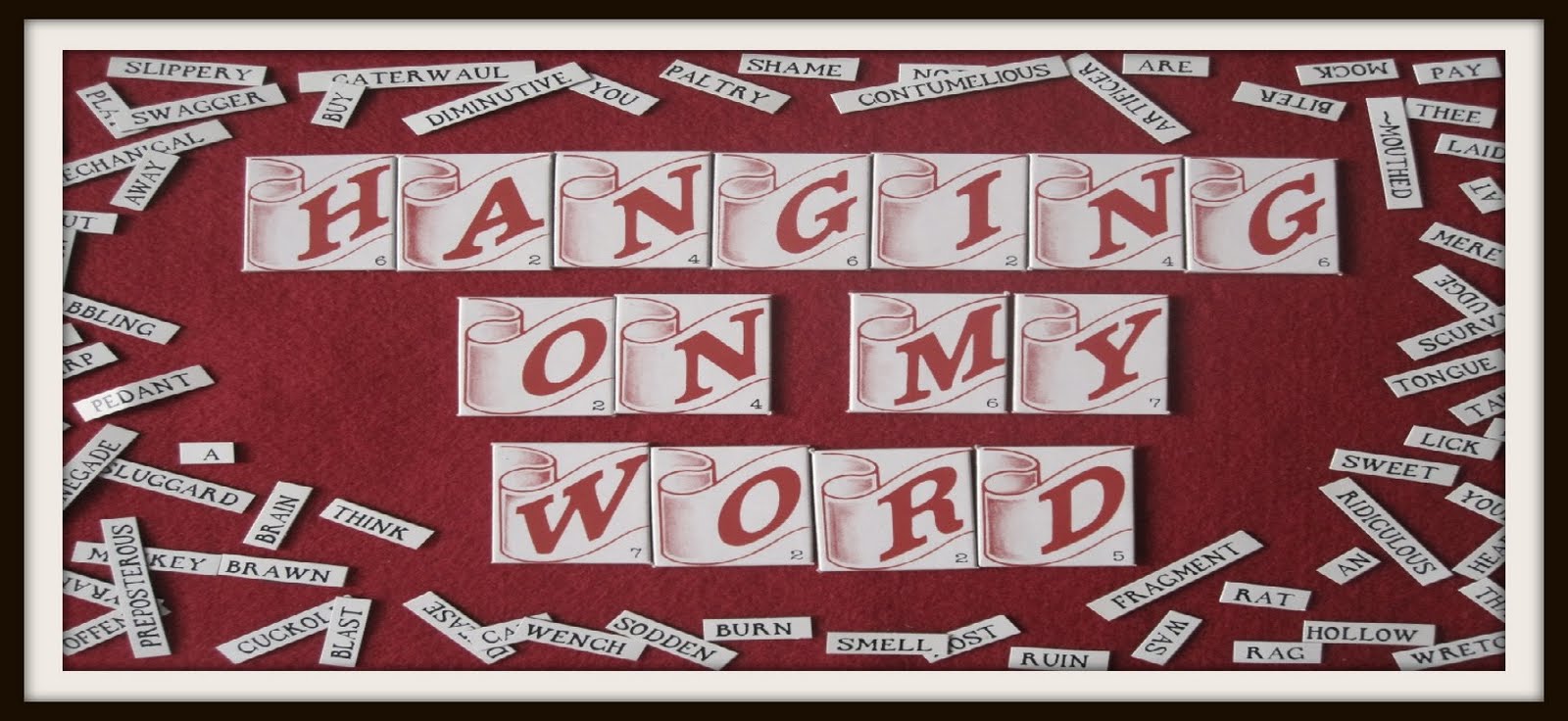
A year ago, for my 60th birthday we flew to Madrid for a short break. We were able to take advantage of discounts on our flights because we have resident status. We booked a hotel that was close enough to the centre to be able walk easily to the bars and restaurants. It was evening when we arrived at the Hotel Opera, which was situated close to the Teatro Royal.
The hotel's restaurant boasted opera singing waiters, but we decided to take a stroll into the city centre.
We found it a bit chilly, coming from Lanzarote, and it has to be remembered that mainland Spain does tend to be cool at this time of year. In the summer months one avoids the city at all costs, as it swelters in extreme heat.
There were many fountains, statues and beautiful buildings to see, but these could wait until morning as we went in search of a bar where we could enjoy some tapas. We weren't disappointed and were pleasantly surprised at the prices. For about seven euros we had a bowl of meaty stew, with crusty bread and a complimentary glass of wine. Fortified once more we enjoyed a further stroll, peering into brightly lit shop windows, before returning to our hotel.

No danger of getting the wrong room with numbers as large as this!

There were many old and interesting shop fronts to admire. Window displays were colourful and eye-catching, and of course it was nearly Easter!
We weren't here to shop however, and we needed to get an early start at the
Prado Museum if we were going to see all the masterpieces on our list. I spent my actual birthday getting my art fix. We walked the floors for seven hours, with a brief rest at lunchtime in the museum restaurant. With works by Goya, Velasquez, El Greco, Bosch, Raphael and Tintoretto, I was in heaven. There were many famous pieces of course, such as Goya's two Majas, naked and clothed, but the most enjoyable part was discovering works of art which were not known to me before. I loved the work of
Mariano Fortuny (1838-1874), especially the
painting of his children relaxing in the Japanese Salon. Unlike London's National Gallery, which is free, the entrance fee to the Prado was quite hefty; however for a few euros more the ticket also included the museum guide, a fat, weighty full colour tome, which serves as a permanent souvenir. In the evening we could only manage to walk a few steps to a nearby restaurant and settled on
La Vaca Argentina where we enjoyed a hearty steak and a bottle of wine with good service and in very pleasant surroundings.

You would think we'd sleep well after all that, but one of the problems of a hotel in the city is the street sounds, no so much of drunken revellers, as the refuse collections taking place in the small hours. Nevertheless, after a good hotel breakfast we once more set off, taking the metro, a few stops to the
Reina Sofia Museum, having carefully checked opening times on the website. This however is all we saw of it.
The guard on the door told us that (unusually) it was closed for the day for special visitors. Undeterred we set off once more on foot to enjoy the sights.
The Plaza Mayor is not to be missed. This huge square is full of history, having been used in the past for parades, executions, markets and even bullfights.

Anxious to pack in as much culture as we could, we decided to visit the
Palacio Real De Madrid (the Royal Palace). This was pretty much what you expect of a Royal Palace, generously decorated with paintings, furniture and other works of art, it was the epitome of opulence and just a little too much for our tastes. After the Prado the previous day, it was rather like a too rich pudding following on a from a satisfying main course, and sat just as heavily on the stomach. The favourite rooms here were the Royal Pharmacy where all kinds of of cures could be found in large porcelain jars.
We decided a visit to the
Mercado de San Miguel would be a nice way to counterbalance the excesses of the Palace. An indoor food market billed as temple to gastronomy with thirty-three stalls selling tapas, wines, pastries and so on, to be consumed there or taken home to enjoy later.

Tempting and colourful displays meant we didn't go home empty-handed.
The locals think nothing of stopping off here for a bite to eat and a large glass of wine. This young mother obviously found it helped ward off the cold...or something!

Well, it was my birthday - Salud!!
This has been just a brief glimpse of the sights of this wonderful city. You can click on any photo to enlarge or view a slide-show in lightbox. If you click
here you can see my Madrid Flickr gallery: everything from doorknobs to a whole street of shops selling stamps; a philately paradise.




















































